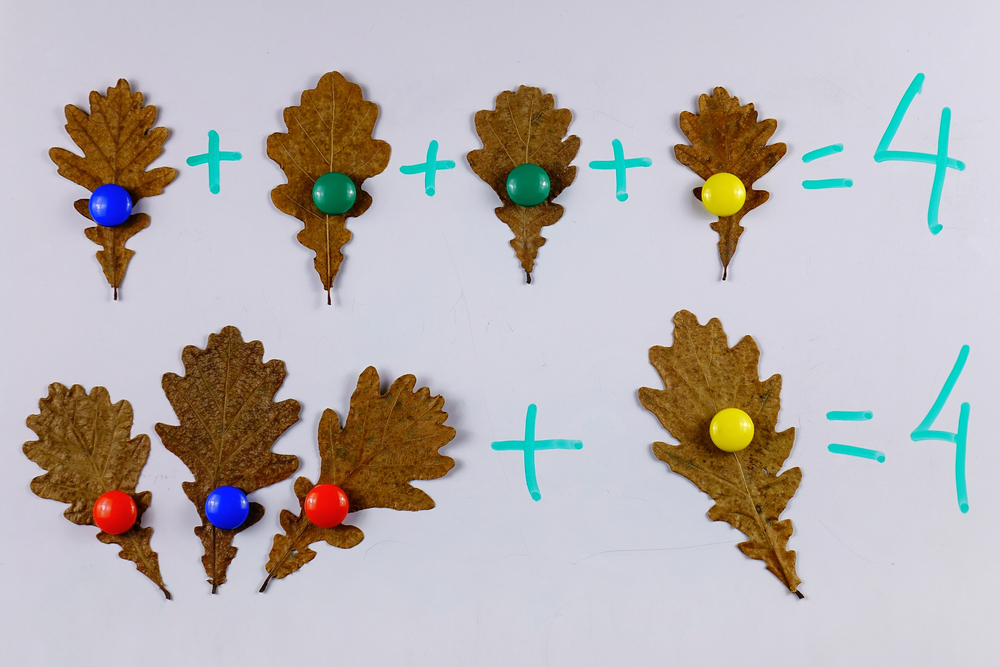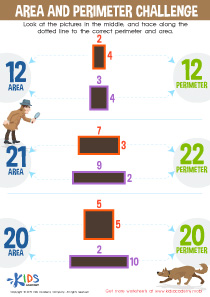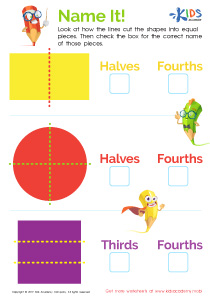Cognitive Development Tracing Shapes Worksheets for Ages 6-7
4 filtered results
-
From - To
Discover our engaging Cognitive Development Tracing Shapes Worksheets tailored for children ages 6-7! These worksheets are designed to enhance fine motor skills, hand-eye coordination, and spatial awareness by allowing young learners to trace various geometric shapes. As they practice tracing, kids will not only improve their writing abilities but also develop essential cognitive skills, such as pattern recognition and critical thinking. Suitable for both classroom and home use, our worksheets are an excellent resource for early educators and parents alike. Encourage your child's learning journey with our fun, interactive worksheets and watch their confidence grow as they master shape formation!
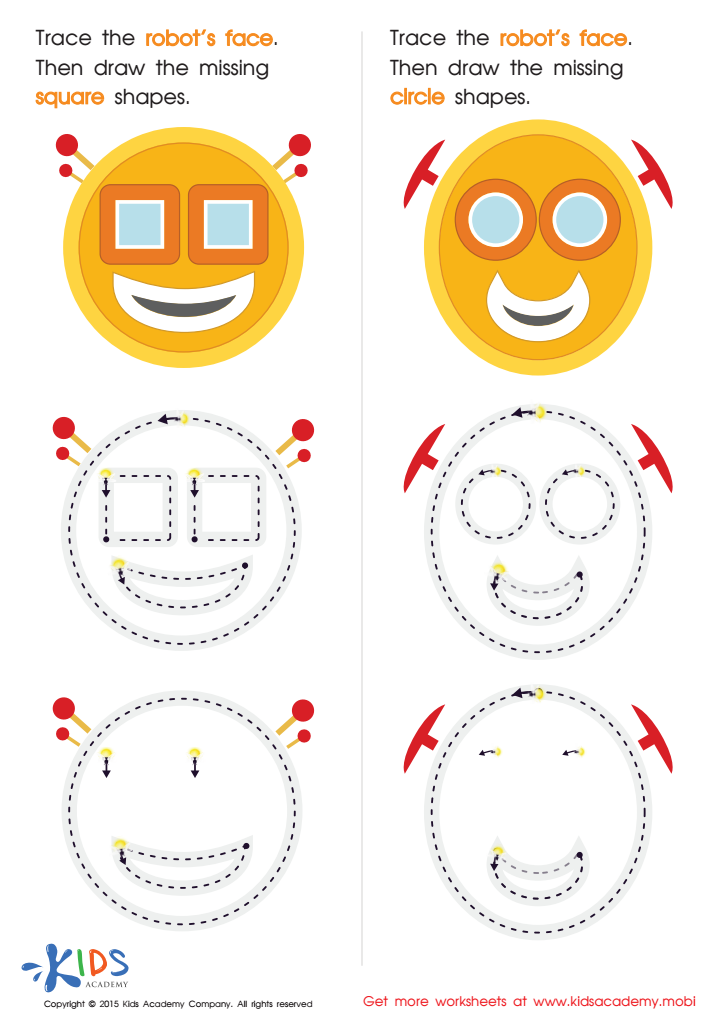

Practicing to Draw Circles And Squares Printable
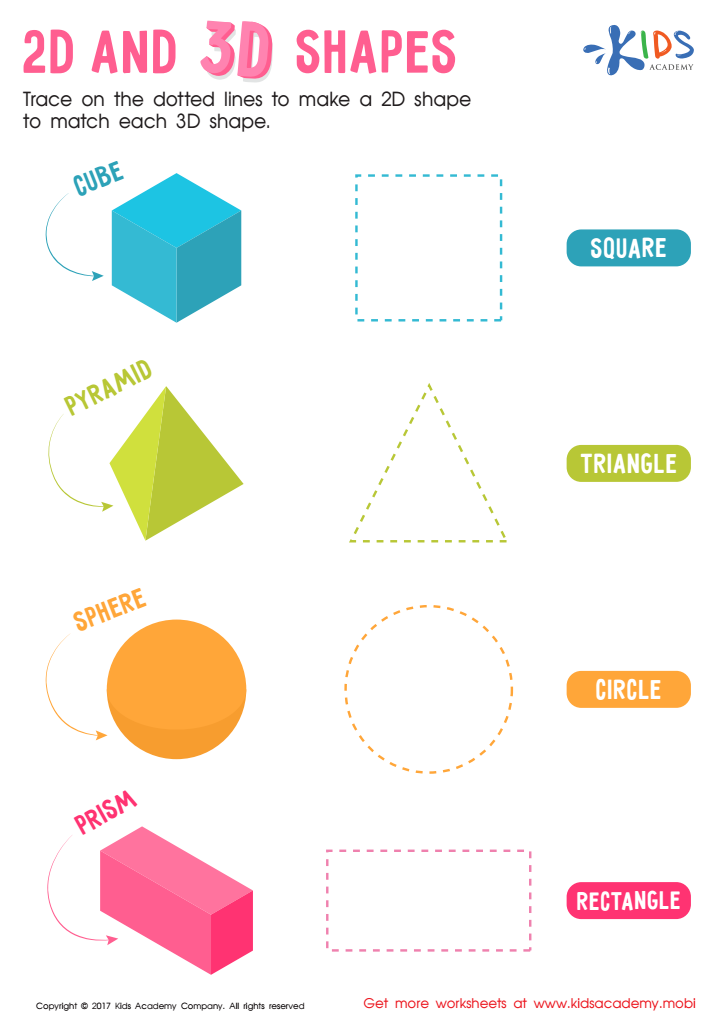

2D and 3D Shapes Worksheet


Learning to Draw Crescents And Triangles Worksheet
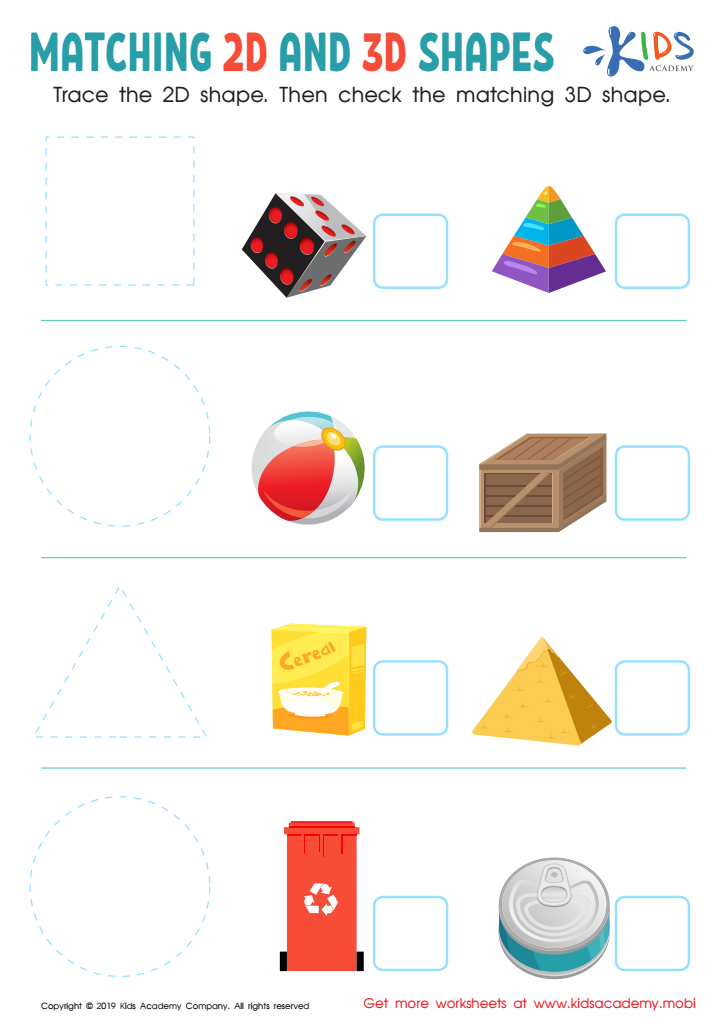

Matching 2D and 3D Shapes Worksheet
Cognitive development in children aged 6-7 is a critical neurodevelopmental stage where young learners refine their ability to think, reason, and understand spatial relationships. Tracing shapes is an engaging activity that supports this growth by introducing fundamental concepts of geometry, symmetry, and fine motor skills. When children trace shapes, they are not merely practicing their handwriting; they are developing their visual-motor coordination, hand-eye coordination, and concentration.
Furthermore, tracing shapes enhances memory and cognitive processing speed as children learn to recognize and replicate geometric forms. This foundational skill set is essential for future mathematics learning and problem-solving abilities. Parents and teachers should also consider the social and emotional aspects of this activity; collaborative shape-tracing can foster communication, teamwork, and peer interaction.
Additionally, integrating tracing shapes into lessons offers opportunities for creativity, as children can experiment with colors and patterns. By emphasizing this activity, parents and teachers can help cultivate a child's curiosity and love for learning. Ultimately, supporting cognitive development through shape tracing lays the groundwork for later academic success and promotes overall development in the child, making this simple activity a powerful tool in educational settings.
 Assign to My Students
Assign to My Students






